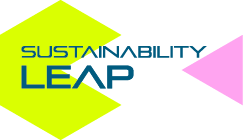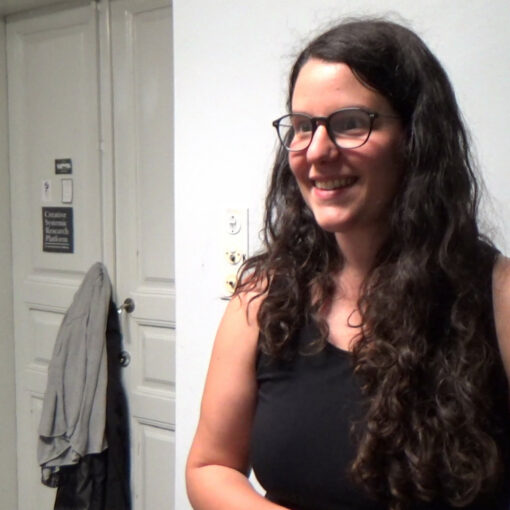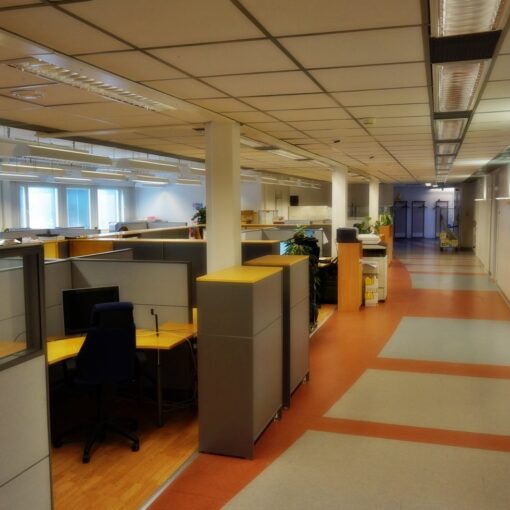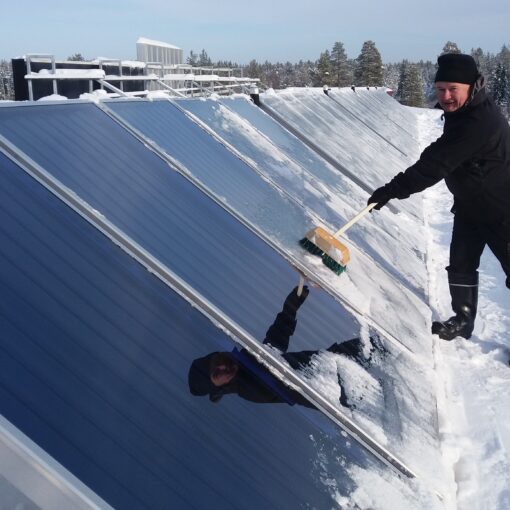
Cities only occupy 3% of the land area but produce 80% of the GDP and 90% of innovation, however, they also produce a lot of the problems. They consume 75% of the resources, produce 50% of global waste, and responsible for 60-80% of GHG emissions. Cities are a real leverage point. (Gladek. E., Transcribed, 2018)
In 2012, the Dutch company Metabolic, a consulting and venture building company that uses system thinking to tackle global sustainability challenges, was looking for a headquarters’ office that would be an example of all concepts of circularity. During that time, they came across an interesting opportunity.
The government was opening a competition to develop a conflicted site. The place was bought by the city from an old shipyard, and it was a polluted piece of land, looking forward to its rehabilitation with a pioneering initiative focusing on sustainability and circular urban development, adjoined with a business plan, for ten years.
Metabolic and a group of organizations won the tender to turn the site into a ‘regenerative urban oasis’, with the aim of stimulating new ways of thinking about how to manage resources in community-like scenarios. (Metabolic, 2020)
The cleantech playground
Opened in June 2014, the De Ceuvel project came alive. Starting with a pre-industrial polluted 5000 m2 of land, a small budget of only 0,5 million euros, and high ambitions of circularity, the new place became a blueprint for sustainable cities.
At 5 minutes bike ride from the crossing point of the river Ij in Amsterdam, De Ceuvel is now home to 17 workspaces and a popular community cafe with numerous living examples of decentralized technologies and recycling of local resources. (Metabolic, Report, 2013)
By upcycling old houseboats into buildings, using specialized plants to clean the soil, and installing low-cost clean technologies to make the management of resources as circular as possible, the company helped the City to transition a dilapidated and polluted zone into what is now a sustainable community hub, workspace, and place for sustainability and circular economy education. (Metabolic, 2020)
The financial resources came from InnovatieNetwerk, a program of the Dutch ministry of economic affairs that enhanced the transition towards a concrete business case.
A Do-It-Yourself approach was implemented to cut down the costs to around a third of the “business-as-usual” price. Implementing proven technologies for essential functions and expert supervision, the ambitious goal of self-sufficiency was achieved.
To reduce the total amount of up-front investment, three phases of technological deployment were suggested. The first phase focuses on essential infrastructure, the second phase on power generation and food production, and the third phase on the continued addition of technologies overtime to keep the system up to date and evolving as technologies become less expensive and improve.
The formerly industrial plot has heavily polluted soils that will be treated with a phytoremediation garden (“The Forbidden Garden”) designed by Delva Landscape Architects in collaboration with the University of Ghent.
In addition, Metabolic created Juliette, a block-chain based energy coin, generated from the excess of energy produced from the solar panels, that can be traded as currency. (Metabolic, Report, 2013).
The goals
The project aimed at becoming:
- 100% fed by renewable energy
- achieving 70% of local recovery of nutrients
- producing its own food
- being water self-sufficient
- financially feasible
- community-driven
The challenges
Key factors that helped to overcome many of the issues:
- The power of the local community
- Creativity around the architecture and infrastructure
- Access to houseboats to be eco-retrofitted
- Applying the principles of circular development by closing all the resources cycles
One of the advantages that we had during the construction phase was that we already knew the renters, so we involved them in constructing all the technologies that they would use, and this was one of the ways that we managed to cut the cost services Eva Gladek on Eco-Network Speaker Series
Other challenges:
- The houseboats needed to fulfill the office legal requirements
- Every boat was different – structures, materials, etc.
- Legal permits didn’t allow for certain practices. (e.g.: drinking water production)
- Polluted land
(Metabolic, Report, 2013)

How it looks like now: The result
The office counts with a micro bio-refinery and a waste processing area, and on top, there is a greenhouse. The building (including the cafeteria) collects urine and is turned into struvite, a crystalline fertilizer that feeds plants, which then are used in the café. A demonstration of safely closing the nutrient cycles in an urban context.
De Ceuvel is a blueprint for circular experimentation, showcasing urban, closed-loop thinking in action. The offices of around 30 companies, bustling Cafe De Ceuvel, aquaponics greenhouse, and Metabolic Lab – a learning hub for workshops and masterclasses – see over 35,000 visitors each year, and the site has won numerous awards for sustainability innovation. (De Ceuvel, 2020)

Final system performance
The De Ceuvel development plan has the following key features:
- “Featherlight” footprint: Decentralizing services and minimizing on-site infrastructure has a very low impact on the land
- Regenerative development: The phytoremediation plan and biodiversity measures will result in a cleaner and more biodiverse area than at the start of the project
- Fast return on investment: using a DIY approach and recycled materials, return on investment is possible in under five years for all recommended interventions
- Closed material cycles: reuse of nutrients and energy on-site
- Evolving technology landscape: continual improvement of system performance by adopting new technologies as they become available and affordable

If all suggestions are followed, the site will be able to achieve the following targets:
- 100% renewable heat and hot water supply
- 100% renewable electricity
- 100% of wastewater and organic waste treatment
- 100% water self-sufficiency
- 60 – 80% nutrient recovery
- 50 – 70% reduction in electricity demand over conventional offices
- 10 – 30% vegetable & fruit production using locally recovered nutrients
- sensor network and real-time system performance displays

The Clean-tech Playground is an example of an urban living lab for testing out clean technologies showing how actually can transform cities.Eva Gladek, founder and CEO at Metabolic at the opening of the De Ceuvel
References:
- Black K. 23.01.2018. Amsterdam’s circular living Lab: What organisations can learn from De Ceuvel. Metabolic. https://www.metabolic.nl/. Read on May 2020. https://www.metabolic.nl/news/amsterdams-circular-living-lab-organisations-learn-from-de-ceuvel/
- De Ceuvel. Website. https://deceuvel.nl/en/. Read on May 2020. https://deceuvel.nl/en/about/sustainable-technology/.
- Gladek E. Founder and CEO Metabolic. 01.02.2018. Transcribed. Eco network Speaker Series, Charlotte, NC, USA.
- Gladek E. Founder and CEO Metabolic. 01.02.2018. PPT Presentation. Eco network Speaker Series, Charlotte, NC, USA.
- Report: Cleantech playground – a cleantech utility in Amsterdam North. Updated on February 2013. https://www.metabolic.nl/publications/cleantech-playground/. Netherlands.
- 2020. De Ceuvel: A cleantech playground – Closing loops at Amsterdam’s circular living lab. https://www.metabolic.nl/. Read on May 2020. https://www.metabolic.nl/projects/de-ceuvel/




